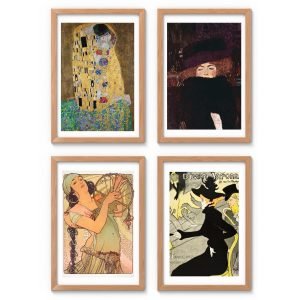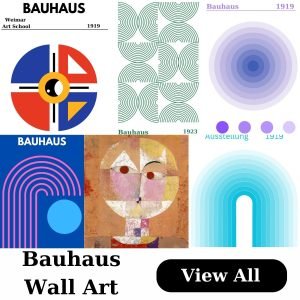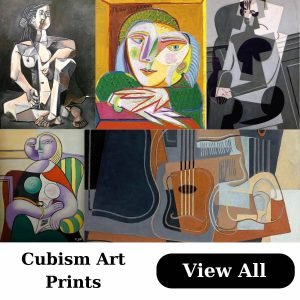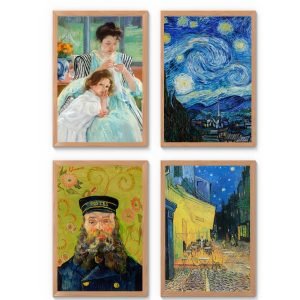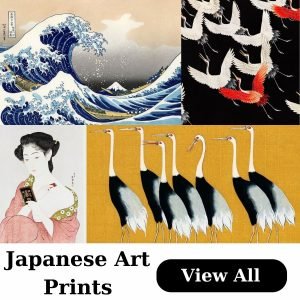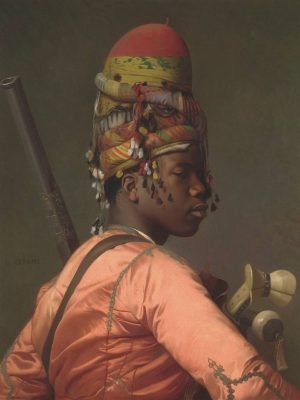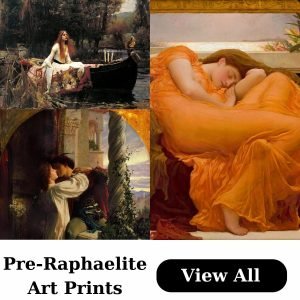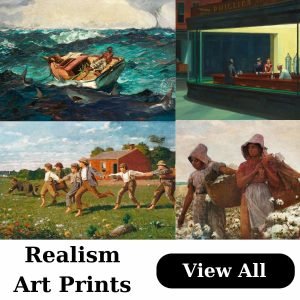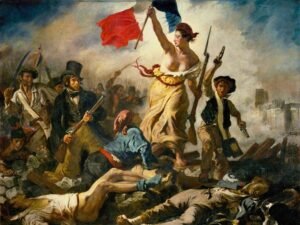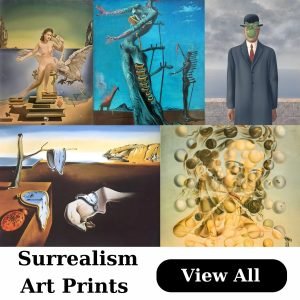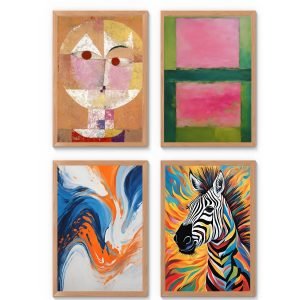Style & Periods
-

Academic Art Prints
-

Art Deco Posters
-

Art Nouveau Posters
-

Baroque Art Prints
-

Bauhaus Posters
-

Cubism
-

Impressionist
-

Japanese Art Prints
-

Modern & Contemporary
-

Orientalist
-

Pop Art Prints
-

Pre-Raphaelite
-

Realism Art Prints
-

Renaissance Art Prints
-

Romanticism
-

Surrealism
-

Abstract
Art period, movements and styles have gained an important place in the art world, each reflecting a different aesthetic understanding. The works of classical period painters were especially shaped by classical art movements, and these movements played a major role in the evolution of art. Classical period painting reflects the aesthetic understanding of an era by emphasizing fine details and symmetry.
Abstract art offered viewers a freer perspective, allowing colors and shapes to transform into a form of emotional expression. This art movement aims to create emotional and intellectual depth rather than a specific shape or figure. Likewise, famous paintings and painters have created the best examples of these art styles and left deep traces in the art world.
Impressionist Art movement explored how colors interact with light and how we perceive nature, and the artists who adopted this style are important names such as Claude Monet. Monet’s works depict our connection with nature and try to capture the moment with the effect of colors and light. Vincent van Gogh, on the other hand, created emotional depth with his unique brushstrokes and thus became one of the pioneers of modern art.
The ukiyo-e style, which originated in Japanese art, has influenced Western art and has been followed with interest by art lovers around the world. This artistic movement, combined with fine details and a deep love for nature, brought a new perspective to art.The Renaissance art period, on the other hand, allowed art to be reborn and rediscovered with the human figure at its center.
In an environment where these different art movements come together in the art world, works bearing the traces of each period and art style are exhibited in homes, offices and galleries. Especially in modern decoration, abstract art and paintings by famous painters add an elegant touch to interiors. Framed Canvas Wall art, inspired by the historical movements of art, finds its place in every area and adds an aesthetic atmosphere to living spaces.
You may be interested in our popular art collections:



